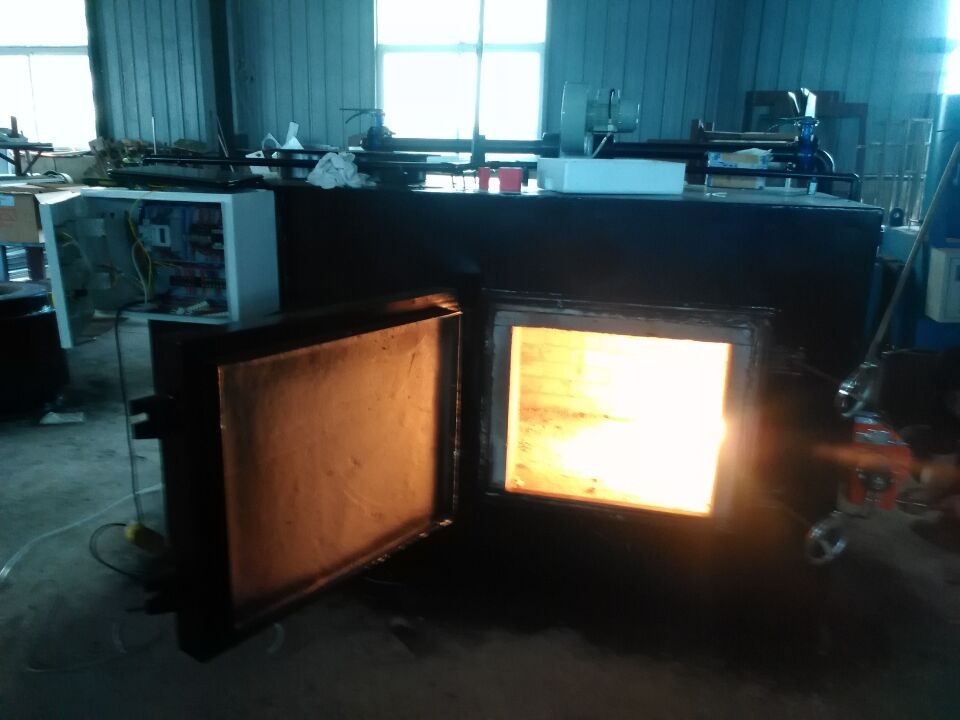Air pollution control devices in incinerators play a crucial role in protecting the environment and public health. These devices are designed to remove harmful pollutants and toxic gases from the emissions produced during the incineration process, thereby mitigating the impact of air pollution on the environment and human health.
Incineration is a widely used method for the disposal of solid waste, including hazardous materials and medical waste. However, the process of burning waste generates a variety of pollutants, including particulate matter, nitrogen oxides, sulfur dioxide, carbon monoxide, and volatile organic compounds. These pollutants can have detrimental effects on the environment, contributing to smog formation, acid rain, and climate change. In addition, they can have serious health implications for nearby communities, such as respiratory problems, cardiovascular diseases, and cancer.
To address these concerns, air pollution control devices are integrated into incinerators to capture and remove pollutants from the exhaust gases before they are released into the atmosphere. One of the most common control devices used in incinerators is a baghouse filtration system, which uses fabric filter bags to capture particulate matter and other airborne contaminants. Electrostatic precipitators are also employed to remove particulates by charging them and collecting them on oppositely charged plates. In addition, scrubbers are utilized to remove acidic gases such as sulfur dioxide and hydrogen chloride by passing the exhaust gas through a liquid solution.
These pollution control devices are vital for reducing the environmental impact of incinerators. By capturing pollutants at the source, they help prevent the release of harmful substances into the air, soil, and water. This, in turn, helps to preserve air quality, protect ecosystems, and safeguard public health. Furthermore, the implementation of these devices is often a regulatory requirement to ensure that incinerators meet air quality standards and emissions limits.
In recent years, there has been an increasing focus on the development and implementation of advanced air pollution control technologies to further reduce the environmental impact of incineration. For example, the use of selective catalytic reduction (SCR) and selective non-catalytic reduction (SNCR) systems can effectively reduce nitrogen oxide emissions, while activated carbon injection systems can help to control mercury and dioxin emissions. These technologies are continuously being improved and refined to enhance their efficiency and effectiveness in controlling pollutants.
In conclusion, the importance of air pollution control devices in incinerators cannot be overstated. These devices are essential for mitigating the environmental and health risks associated with incineration, ensuring that the process of waste disposal is carried out in a responsible and sustainable manner. By investing in advanced pollution control technologies and strict regulatory oversight, we can continue to minimize the impact of incineration on the environment and protect the well-being of present and future generations.



